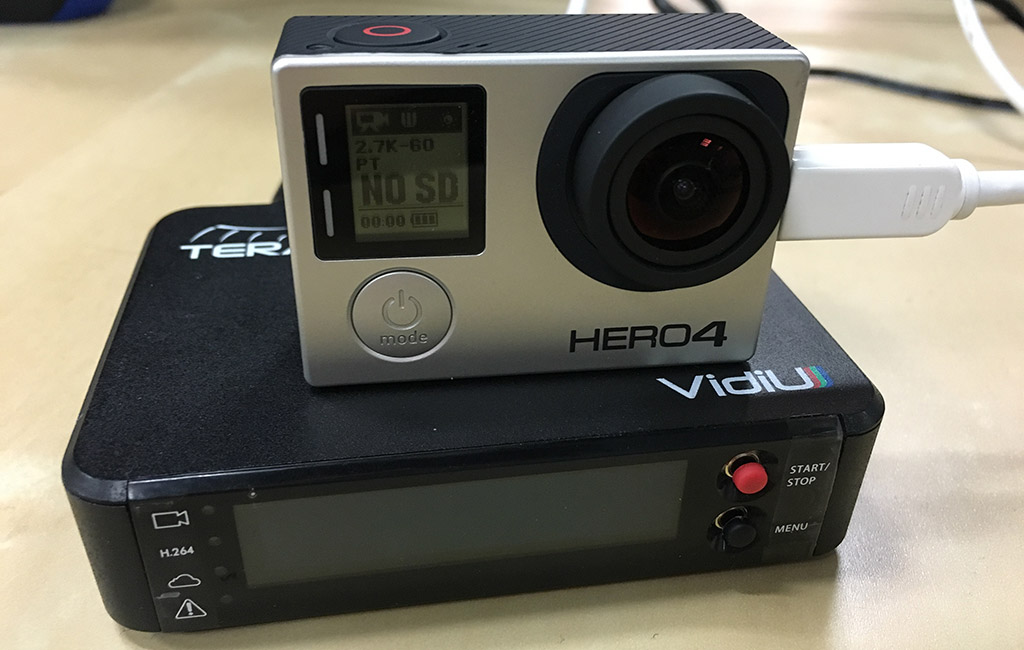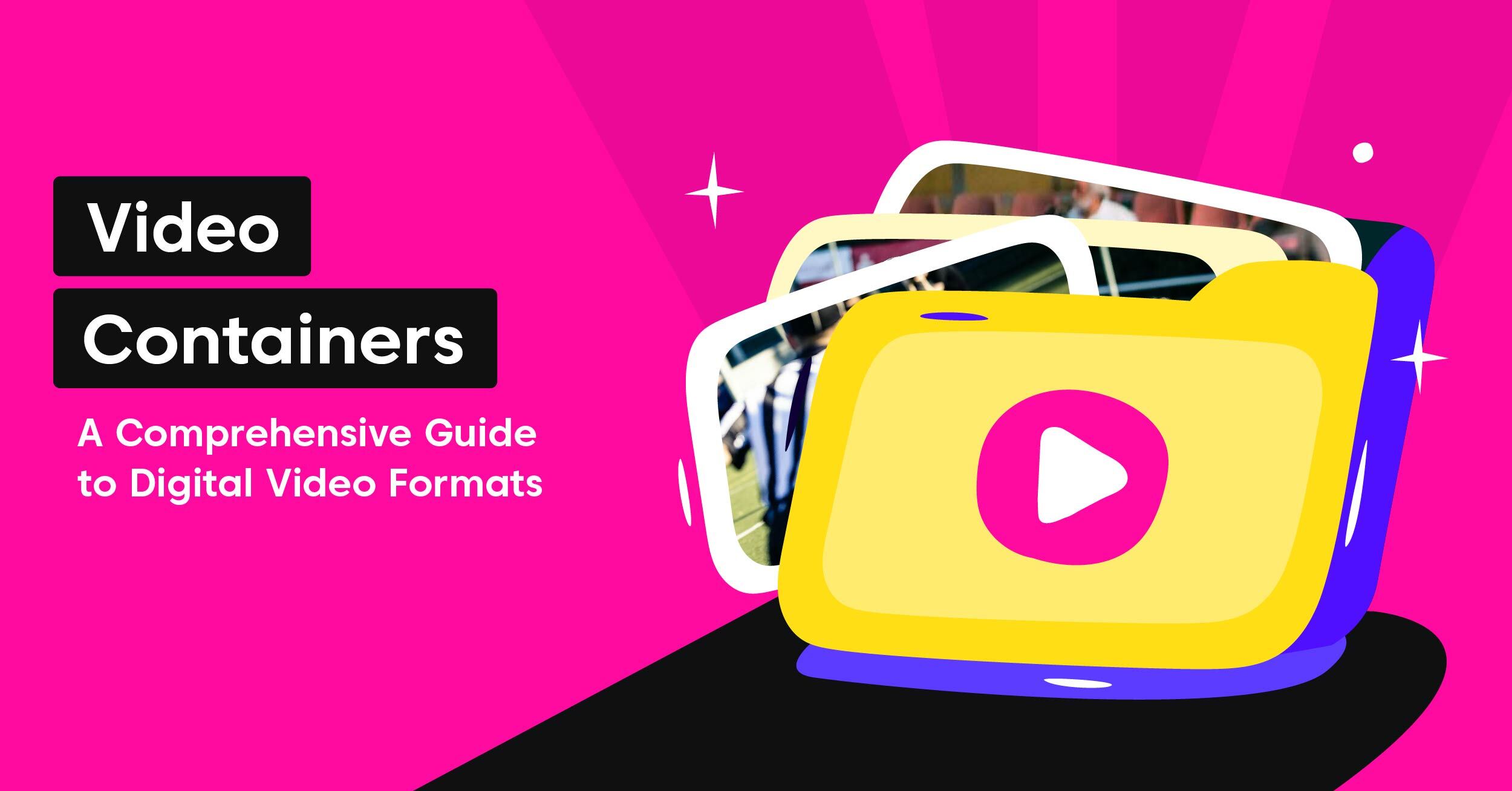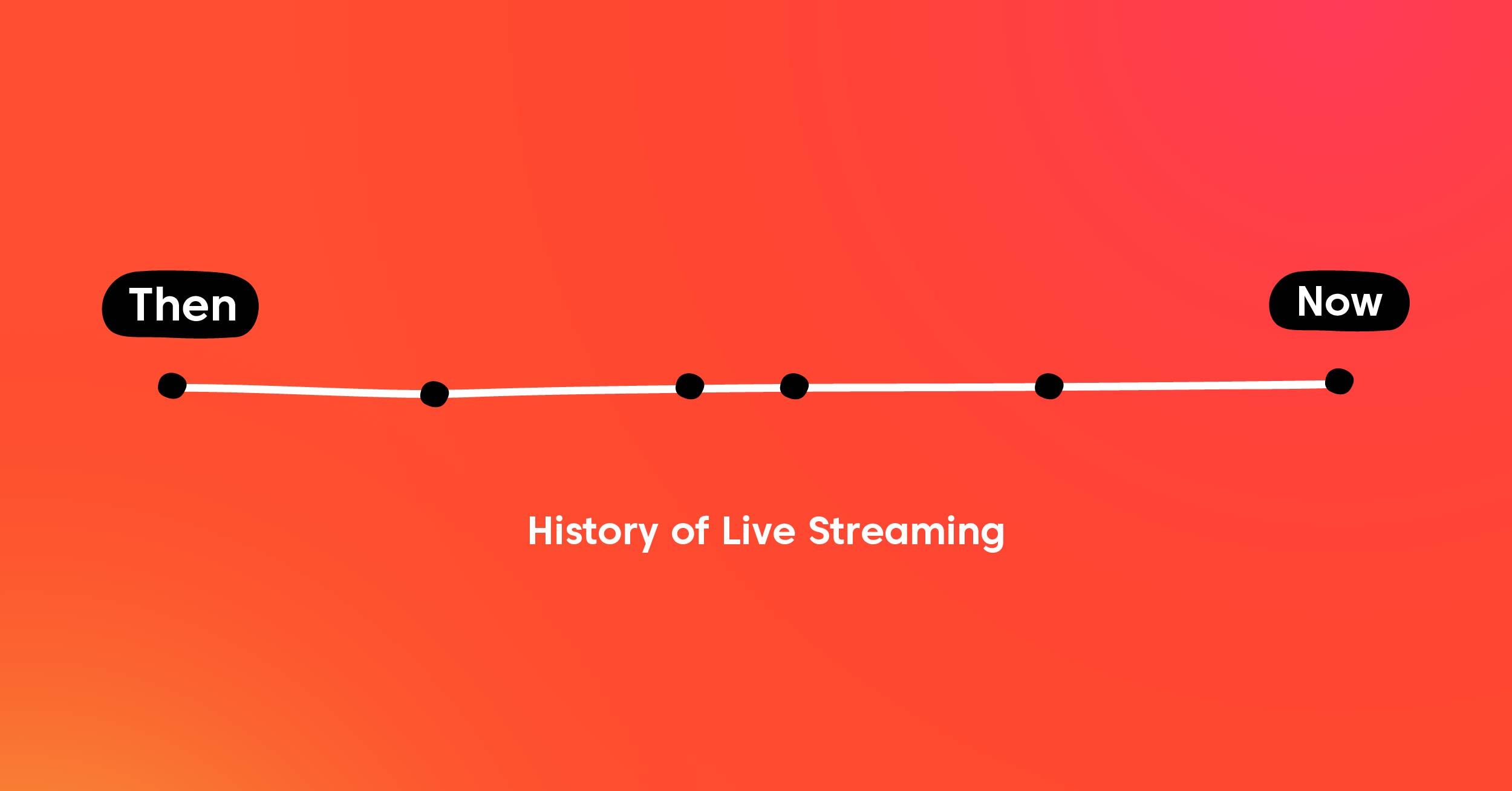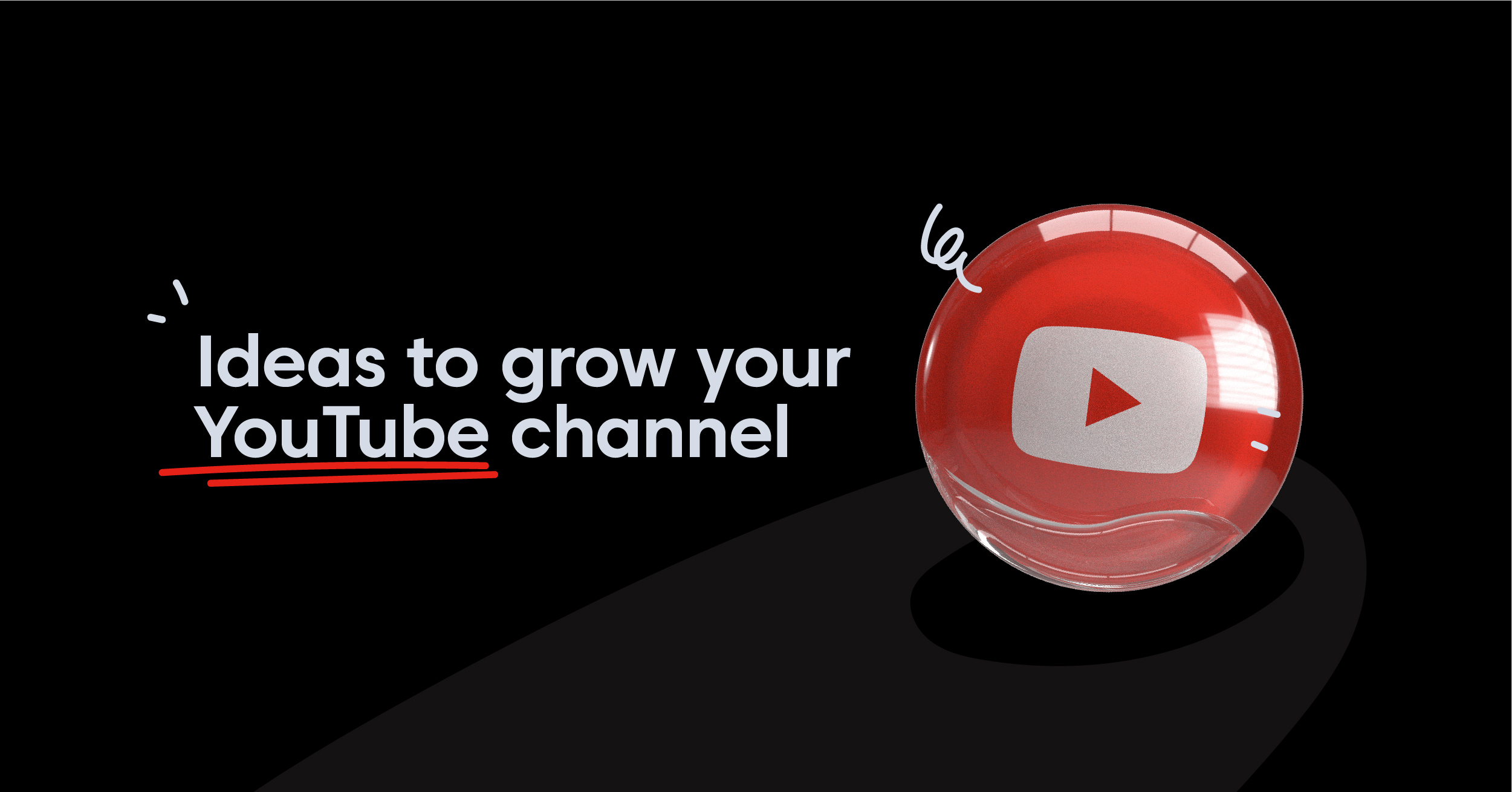An encoder is something that converts information from one format to another.
When you’re broadcasting, you’re recording video and audio. An encoder converts all that audio-visual data to a standard format. This lets you:
- save it in a hard drive
- watch your video on other devices like your phone or computer
- broadcast it over the internet . . . on YouTube, in an email, etc.

Do I really need an encoder?
Yes, you do. It’s essential for converting the video feed from your camera into streamable data.
That means:
- – it converts your video into a standard format that other devices (and websites in between) can understand. So no matter what camera or device you record on, your viewers can watch from their devices
- – it compresses your massive 4K video into a small file that’s easier for you to upload and your fans to stream. So even though you’re recording high-quality video, you and your fans can still keep streaming in real-time on a 4G connection
Now, broadly speaking there are 2 kinds of encoders – hardware and software
Hardware? Software? What’s the difference?
Software Encoders

These encoders run on your computer. Here’s why you’d want to use Software encoders:
✔️ good quality video
✔️ more customization – easily change bitrate and video quality
✔️ easy to update when a new version comes out
✔️ low cost, including FREE (and open source) options
✔️ supports multiple inputs in case you want to use multiple cameras or recording devices
✔️ Easy to mix videos, add title or background music and overlay graphics right in the encoder
❌ SLOW output – not always the best choice if you’re streaming live or can’t pre-record
❌ resource intensive on your device, high power usage. Most expert streamers recommend a dedicated computer just for encoding
❌ some inconsistency caused by CPU usage limits, network connection issues, and security problems
Hardware Encoders

These are dedicated devices that turn video into streamable content. They may come as smaller, portable boxes or larger permanent fixtures.
✔️ Very Fast (low latency) output
✔️ very reliable – they’re dedicated devices and you’re less likely to run into troubles with them
✔️ Low power usage, costs than a software encoder in the long run
❌ Not cheap – most hardware encoders start at around $600 and go into the thousands of dollars
❌ typically do not include multiple inputs or switching capabilities. If you want to use multiple cameras (or other video inputs) you’ll need to attach video switching/mixing equipment or software to the encoder
❌ fixed video quality, not as many customization options
❌ might be pre-programmed with older codecs which are very difficult (or impossible) to update
❌ need extra software to mix video, overlay graphics and audio
Which encoder should I use?
Although software encoders look better on paper, many streamers do prefer hardware. It depends on what you’re streaming.
Beginners and First-timers
Go with software.
We recommend OBS. It’s the most popular software encoder right now and for good reason.
It’s free, and you can get familiar with the live streaming process. There’s a good amount of features and you can achieve almost everything you need to do on a stream with this.
Coaches and other Home Streamers
If you’re only broadcasting once or twice a week then you’ll likely prioritize keeping your costs low.
In this case, a software encoder is ideal as it’s (almost) free. Plus it’s easier to overlay your logo and music onto the video with a software encoder.
BUT . . . if you’re streaming every day or streaming long videos then you might need a dedicated setup for streaming. In this case, it might be cheaper to get a hardware encoder, than to get a dedicated computer for streaming.
[A note on costs: remember that software encoders are resource intensive. If you’re serious about streaming, in the long run, it will likely cost less to run a hardware encoder.]
Studio vs on Location Streamers
If you operate out of a studio – i.e. your setup (background, lighting, angles, etc.) never changes – then you might want a hardware encoder. Set it up once and you never have to worry about anything again.
If you stream from outdoors, or on location then you’ll likely want a software encoder as the only hardware you need to lug around is your laptop.
Sporting and Live Events
In most cases, we’d recommend software encoders for one simple reason.
You’ll probably want to reduce the amount of hardware you have to carry, which makes software encoders ideal.
Most live event streamers – churches or religious institutions, universities and educational institutions, and news providers – will be fine with software encoders. And again, you’ll likely want your logo in the corner, which is easier with a software encoder.
[If you’re using multiple cameras and microphones you might want a dedicated computer for controlling the stream. In this case, a software encoder is even better.]
However, you MIGHT want hardware encoders in one specific case: when latency is not acceptable (e.g. viewers are gambling on the outcome and need to know as soon as an outcome is reached).
Professional Videographers and Production Companies
This is the only case in which we mostly recommend hardware encoders.
They’re easy to use and don’t need any fiddling. That means you don’t need to have any network specialists on the set with you – basic knowledge of the hardware (connect this wire to this port) is enough.
They’re much more reliable – you don’t have to worry about CPU usage, network security issues, and memory. No snafus or embarrassments on set.
They’re consistent, meaning if you start with a good encoder that suits your needs then you’ll rarely have to worry about setting up or tweaking settings.
You’ll still want a software encoder for when you need to do complex edits on the fly, or need to shoot on location, but hardware will likely be your bread and butter.
What encoder settings should I use?
We’ll avoid the boring technical stuff, but just know that:
- – The most popular encoding format today is RTMP (Real Time Messaging Protocol).
In some rare cases your encoder might come with another encoder set as default. It’s best to avoid these in the long run. - – The standard compression format for streaming online is H.264 for video and MP3 or AAC for audio.
- – If you’re streaming in HD (and there’s no reason you shouldn’t), this format creates ‘loss-less compression’ – giving your viewers high quality with low file sizes.
Figured your encoder needs out?
Now it’s time to start streaming. Whichever encoder you picked – hardware or software – you can use castr.com to grow your audience and build your streaming business.
Join 200,000+ streamers worldwide
With Castr, you can easily livestream videos on any platform in no time.
No Castr Branding
We do not include our branding on your videos.
No Commitment
No contracts. Cancel or change your plans anytime.
24/7 Support
Highly skilled in-house engineers ready to help.







